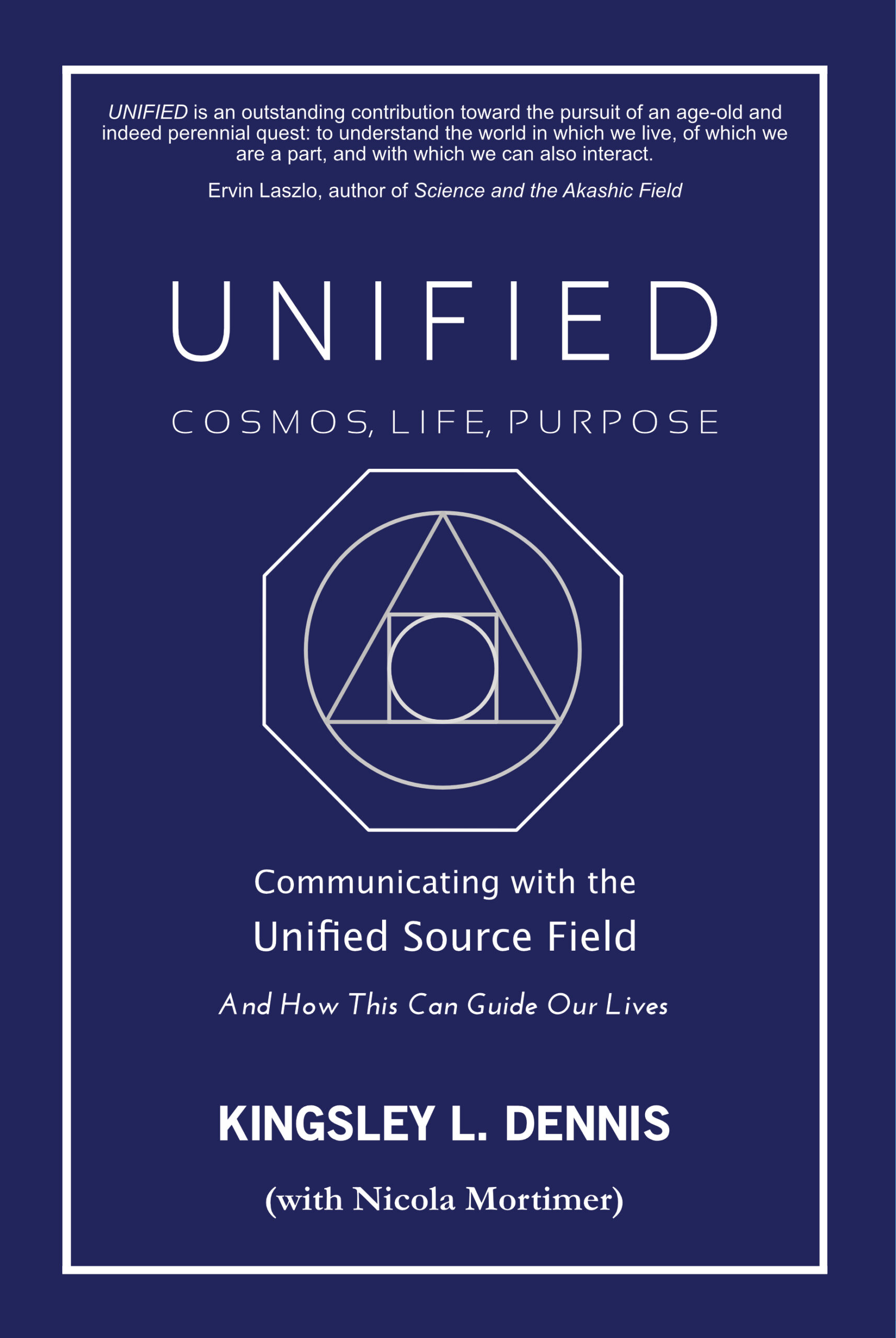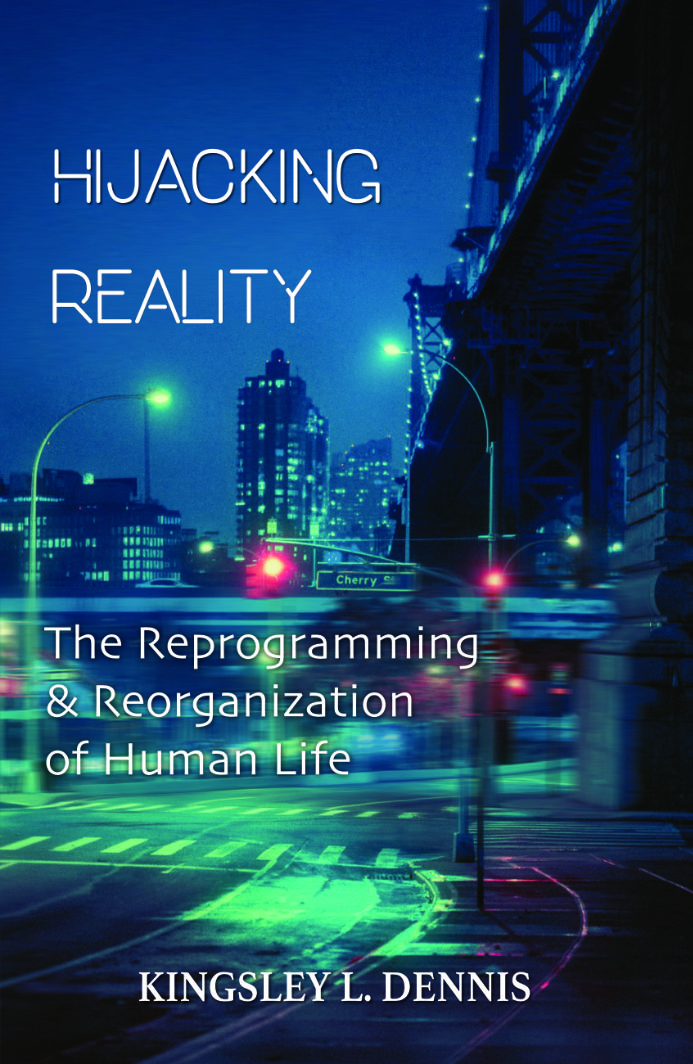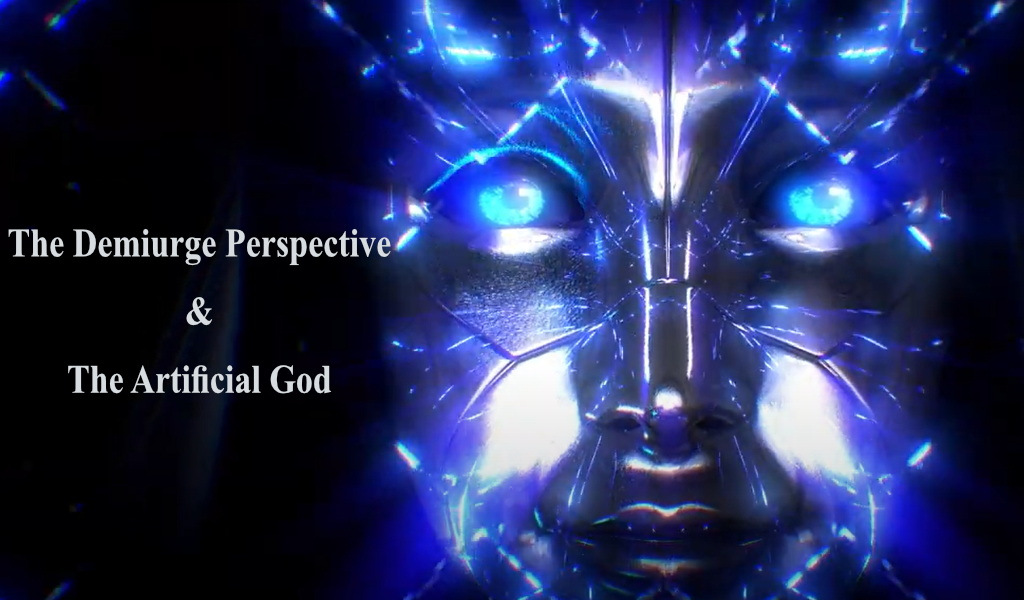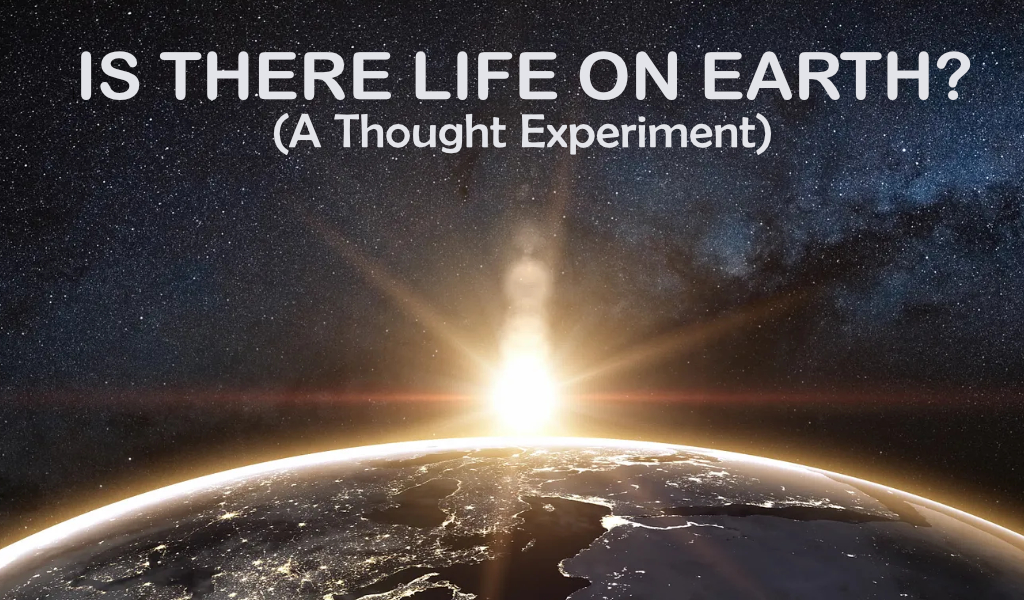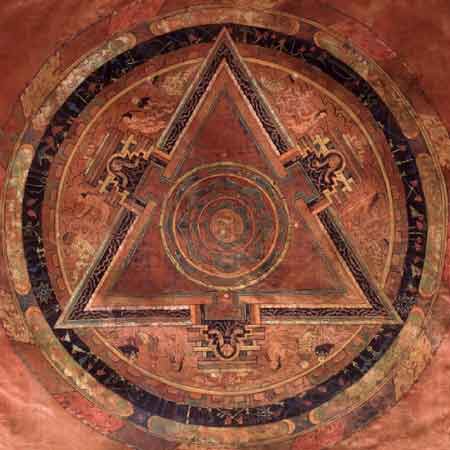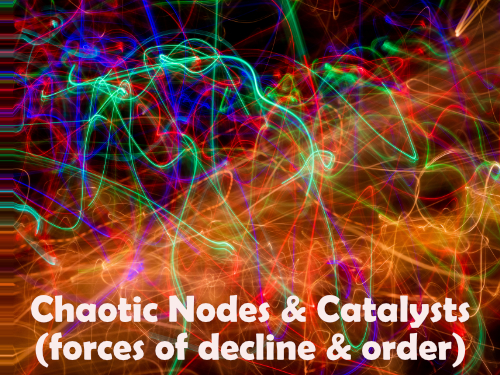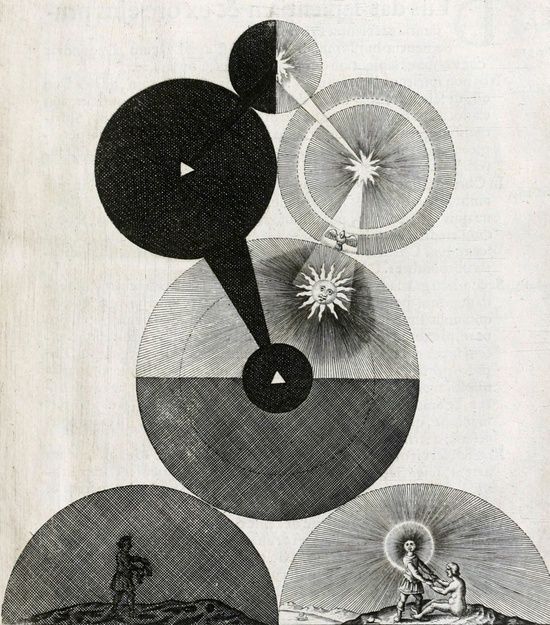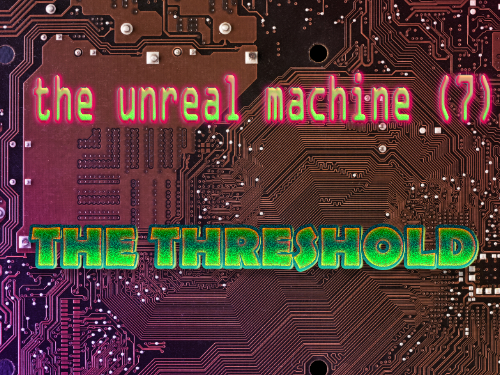CONSCIOUSNESS, COSMOS & PURPOSE
PART III – Emerging Planetary Consciousness & What it Means for Us
Emerging Planetary Consciousness
The philosopher Karl Jaspers referred to the period from 800-200 BC as the Axial Age. It was a time that, according to Jaspers, new yet similar ways of thinking appeared in Persia, India, China and the Western world. He indicated also that the Axial Age represented an in-between period, where old certainties had lost their validity and new ones were yet to emerge. The new religions that arose in this time – Hinduism, Buddhism, Confucianism, Taoism, and monotheism – influenced new thinking in terms of individuality, identity, and the human condition. These new emerging religions This is speculation, yet the purpose of sentient human life upon this planet may well be the drive toward manifesting a coherent planetary consciousness. In other words, the ‘bringing in’ of the consciousness field (outside of spacetime) into greater spacetime manifestation – in our case, upon the Earth. There is a correlation here with Aurobindo’s concept of the Supermind, in that a form of higher consciousness can be made immanent upon the material plane. This would require the preparation of human consciousness in order to actualize this –a form of transcendence in consciousness. That is, raising localized aspects of consciousness (individual perceptions and awareness) in order to increase the coherence of consciousness amongst the whole. And this can be made tangible by local conscious actors – each one of us – becoming aware and participating through our everyday acts of right thinking, right behaviour, and right being. We are no longer either isolated individuals or an inarticulate mass – we are localized consciousness acting through aware individuals who seek to consciously connect, collaborate, and care about the future. Each one of us – as localized consciousness – is a reflection of non-local consciousness; and in this way we are also a reflection against each other. This analogy was beautifully expressed in the concept of Indra’s Net[iii] where each jewel in the net reflects all the other jewels – it is a simple metaphor for the interconnectedness of our reality. This energetic reality, validated by quantum science, is now increasingly manifesting in our localized spacetime environment. We now have the means to interconnect non-locally – through our technologies – as well as through our physical networks (made easier through increased social mobility). These are the signs of an emerging planetary civilization that respects diversity as well as unitary coherence. And as we connect and share our consciousness – our thoughts, ideas, visions, etc – we will be helping to strengthen the signal – the reception – of consciousness and thus the bringing in of a coherent cosmic consciousness. A planetary consciousness upon Earth, as expressed through a sentient, individualized humanity may not only be a real possibility – it may very well be a fundamental cosmic purpose. Human Consciousness and Purpose It has been suggested in this paper that an underlying cosmic matrix that is beyond spacetime codes our known universe, which behaves in a way consistent with what we know as a holographic projection. In other words, the universe is in-formed from a deep consciousness beyond it. The universe thus acts as a whole non-local consciousness field, of which sentient life acts as localized manifestations. It has been inferred through various religious and sacred texts and traditions that the universe (material reality) came into being as a way for its Source ‘to know itself’ – “I was a hidden treasure and wanted to be known.” This is reminiscent of Know Thyself , the famous maxim from the Delphi oracle. Self-consciousness is ascribed to those creatures at the peak, or greater actualization, of consciousness. Self-reflection is one of the prized attributes of self-consciousness – yet how can the whole reflect upon itself? Self-realization is something we credit to each attained individual consciousness. As speculation, I wonder what self-realization upon a greater scale would be like? Self-realization as a planetary consciousness?… as a galactic consciousness?… and finally as a cosmic consciousness fully realized and self-conscious through all of its localized manifestations? Astounding initiation. Human consciousness is a part of the greater whole. As sentient beings we receive part of the consciousness that pervades spacetime, and thus we are affected by it – animated by it – as well as feeding back into the whole. Our individual expression of consciousness in manifested spacetime also reflects back into the greater non-local consciousness field. The greater our individual perceptions and conscious realization, the greater the total reflection of the consciousness hologram in its entirety – just like the further polishing of each jewel in Indra’s Net will influence the overall radiance of the whole net. The cosmic matrix of consciousness is thus in-formed through emerging conscious awareness of its sub-parts. As each one of us wakes up, the cosmic net shines that little bit brighter. If enough localized consciousness awake upon this planet we may catalyze a localized planetary field into conscious awareness – a planetary net is sufficiently prepared (polished) to ‘bring in’ the greater consciousness pervasive in the cosmos: the immanence of the Supermind, to use Aurobindo’s terminology. In this case, we are each a conscious agent of cosmic realization and immanence. We each have an obligation in our existence on this planet to raise our individual, localized expressions of consciousness. In doing so, we both infect and inspire others in our lives to raise theirs, as well as reflecting back our conscious contribution into the source THAT IS. The hidden treasure that is at the very core of our existence wishes to be known – for us to be known – by our individual journeys of self-realization, and to bring it all back home (to paraphrase Bob Dylan). After individual self-consciousness comes collective and planetary consciousness. The emerging technologies and social movements upon this planet may well be part of this process, in-forming an extended mind and empathic embrace across the face of the earth. And one day we may witness a grand awakening, unprecedented upon this planet – and this may very well be the purpose for sentient life, as conscious agents of evolutionary unfolding. This is likely to be more reality than fantasy. We are not alone – a great planetary future awaits us: as a great treasure that wished to be known. In summary The views of investigators such as Ervin Laszlo and this author represent a recent emergence of thinkers who are attempting to broaden the discussion on the nature of human consciousness. Principally, by taking a spiritual-material worldview based on cutting edge research in quantum physics and investigations into the nature – and construct – of material reality, we are able to propose new insights into one of the most important questions of our time: what is human consciousness? We are now on the cusp of great advances in understanding, particularly concerning the nature of human cognition and perception. Today the age-old divide between science and spirituality is finding ever increasing areas of convergence and commonality. At the same time, a spiritual-material worldview is gradually becoming more acceptable by mainstream investigators. By revising our constructs of knowledge on this subject it is also possible to re-engage with questions over the potential future of human evolution on this planet. As our species moves ever closer to the reality of a planetary civilization, there has never been a more opportune time than the present. Bibliography Alexander, Eben (2012) Proof of Heaven: A Neurosurgeon’s Journey into the Afterlife. Oxford: Piatkus Carter, Chris (2010) Science and the Near-Death Experience; How Consciousness Survives Death. Rochester: Inner Traditions Elgin, Duane (2014) ‘The Buddha Awakening, Integral Expanding, and a Second Axial Age for Humanity’, Journal of Integral Theory and Practice, 2014, 9(1), 145-154. Grey, Margot (1986) Return from Death: An Exploration of the Near-death Experience. London: Arkana Laszlo, Ervin (2004) Science and the Akashic Field: An Integral Theory of Everything. Rochester: Inner Traditions Laszlo, Ervin; Peake, Anthony (2014) Immortal Mind: Science and the Continuity of Consciousness Beyond the Brain. Rochester: Inner Traditions Lorimer, David (1990) Whole in One: The near-death experience and the ethic of interconnectedness. London: Arkana Moorjani, Anita (2012) Dying to Be Me: My Journey from Cancer, to Near Death, to True Healing. New York: Hay House Russell, Peter (1988) Awakening Earth – The Global Brain. London: Arkana Sheldrake, Rupert (2009) Morphic Resonance: The Nature of Formative Causation. Rochester: Park Street Press Tainter, Joseph (1990) The Collapse of Complex Societies. Cambridge: Cambridge University Press Zaleski, Carol G. (1988) Otherworld Journeys: Accounts of Near-Death Experience in Medieval and Modern Times. Oxford: Oxford University Press [i] The etymology of religion is most likely from the Latin re-ligare, to re-bind, to reconnect. [ii] ‘The Buddha Awakening, Integral Expanding, and a Second Axial Age for Humanity’, Journal of Integral Theory and Practice, 2014, 9(1), 145-154. [iii] http://en.wikipedia.org/wiki/Indra%27s_net




